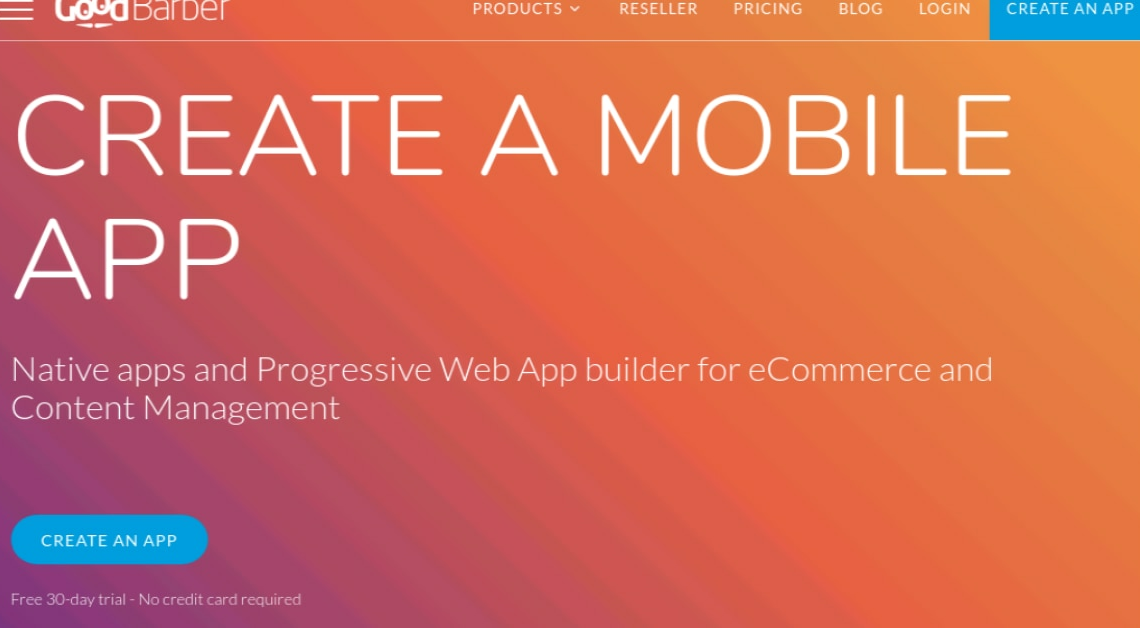
Creating your own Android app requires a certain level of expertise, but is certainly doable with the right tools and knowledge.
Create Android app as own project
Creating even a relatively simple app is still a lot of programming work. But thanks to the widespread use and importance of apps and smartphones, a few ways have emerged to get results quickly – even without learning to program yourself.
- Creating your own Android app can make sense for a number of reasons. For companies, an app offers the opportunity to interact directly with customers, strengthen brand presence and open up new sales channels.
- But app development is also worthwhile for personal projects: you can implement your creative ideas and develop practical solutions to everyday problems. You also learn new skills such as programming and design that are also valuable outside of app development. A successful app can even represent an additional source of income, for example through advertising or in-app purchases.
Wer Programming apps should already have some knowledge of a programming language. For example, Java for Android-Apps and for iOSApps are Swift and Objective-C. Do you want to create apps without any prior knowledge programare App-Construction kits are a good option
Online construction kits – the quick way to make an app yourself
Writing code yourself without any prior knowledge is difficult – the only option is to use a graphical user interface that writes the code itself. You can find a few modular systems online that allow you to easily put together graphical elements to create your own personal app.
- The best providers include GoodBarber, AppYourself and Shoutem. Prices start at around €30 per month.
- Once you have registered, you can start putting together your app straight away. This is quick and easy for simple content such as representations for a company.
- Take a close look at the offer: Web apps that are often suggested are little more than a mobile website. Only native apps are real applications that can be downloaded from the Google Play Store, for example. These have more functions, can be accessed offline and, if implemented well, appear to be of higher quality.
- Consider the costs and disadvantages: Even for an app you put together yourself, the kit providers may charge up to 500 euros. There may also be monthly costs for hosting. However, you usually do not have complete control over your app: Since the source code is often not visible, you cannot hand the app over to other experts.
- In addition, the range of functions of modular apps is reduced, which means that you would have to hire a team of developers to adapt the app to your needs. Or you would have to program the app from scratch if you want to incorporate special features into the app.
App Inventor – Lego bricks for Android programming
If you want to get a taste of Android development out of personal interest, the former Google project is more interesting and also free.
- The “App Inventor” is similar to the online construction kits and is a so-called “WYSIWYG editor” (“What you see is what you get”) that lets you put together an Android app using graphical building blocks.
- Using the software requires the installation of Java, which you can also download here. You can install App Inventor on Windows, Mac or Linux. You will then need a current browser and an Android phone or tablet, although an emulator is also suitable for testing the apps afterwards.
- Following the Lego Mindstorms principle, you can playfully design simple applications and then venture into increasingly complex apps. You can also find plenty of tutorials on the “App Inventor” homepage.
Developing Android apps using web languages
If you already have experience in web design, Apache Cordova might be something for you.
- Because under Cordova the app is HTML, CSS und If it is programmed in Javascript, the code can also be used on other platforms, such as a website for desktop computers. This means that there is one code for several platforms. Cordova also offers the possibility of using apps offline.
- Cordova runs on Windows, Mac and Linux and requires Node.js, Gradle, and Java SDK as well as Android Studio.
- Once you have Node.js up and running, you can use the tool npm Install Cordova on the command line. To install the other programs, follow the steps described in the documentation.
- Once the app has been compiled, npm a local web server so you can view the app in the browser.
